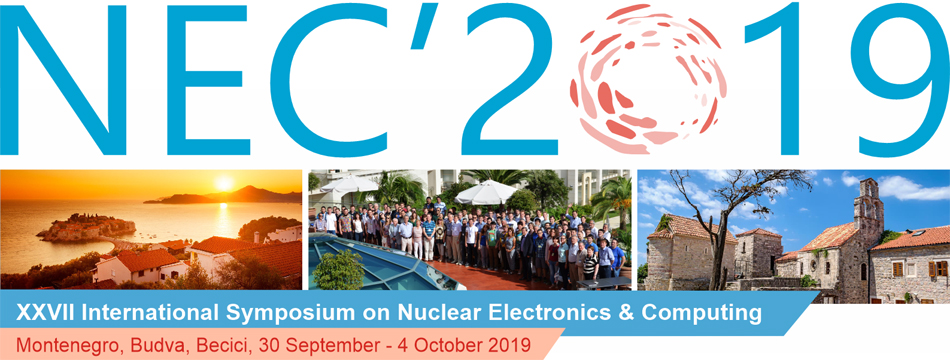Speaker
Dr
Carlo Battilana
(INFN)
Description
Drift Tubes (DT) equip the barrel region of the CMS muon spectrometer serving both as tracking and triggering detector. At High-Luminosity LHC (HL-LHC) they will be challenged to operate at background rates and withstand integrated doses well beyond the specifications for which they were initially designed. Longevity studies show that, though a certain degree of ageing is expected, a replacement of the DT chambers is not needed for CMS to operate successfully at HL-LHC. On the other hand, the on-board readout and trigger electronics which presently equip the chambers are not expected to cope with the harsh HL-LHC conditions. For this reason, they will be replaced with time-to-digital converters (TDCs) streaming hits to a back-end electronics system where trigger segments reconstruction and readout event matching will be performed. This new architecture will allow to operate local reconstruction on the trigger electronics exploiting the full detector granularity and the ultimate DT cell resolution. Already over the second LHC long shutdown, a slice-test system consisting of four DT chambers will operate using the upgraded electronics, as an early test of the HL-LHC DT setup. In this document we outline the present knowledge about the DT detector longevity. Furthermore, we describe the prototype electronics and back-end demonstrators, as well as the state of the art of the local trigger algorithms that are being designed to run in the upgraded DT system. Performance measurements of the upgraded DT trigger, based on simulations, will be presented, highlighting their impact on the CMS muon trigger at large. The status of the operation of the DT slice-test will be also covered, with emphasis on the status of the implementation of the trigger algorithms in hardware.
Summary
The status of the operation of the DT slice-test will be also covered, with emphasis on the status of the implementation of the trigger algorithms in hardware.
Author
Dr
Carlo Battilana
(INFN)

